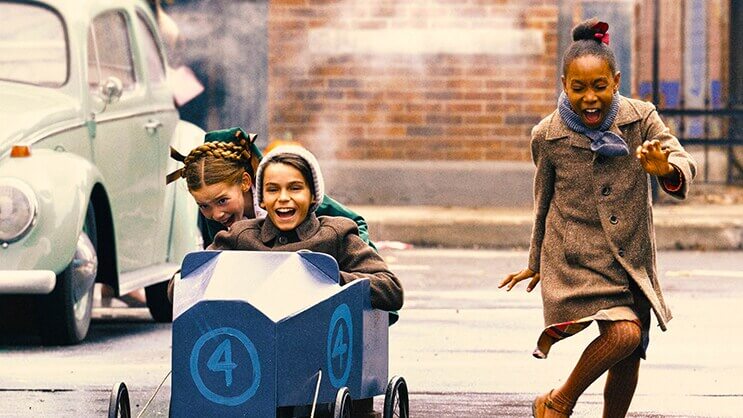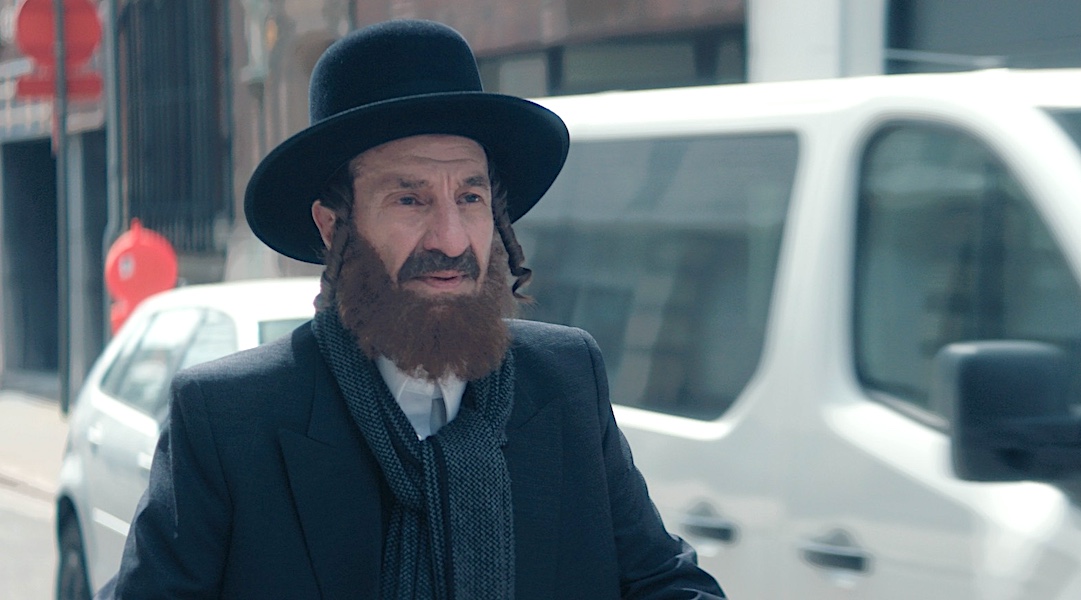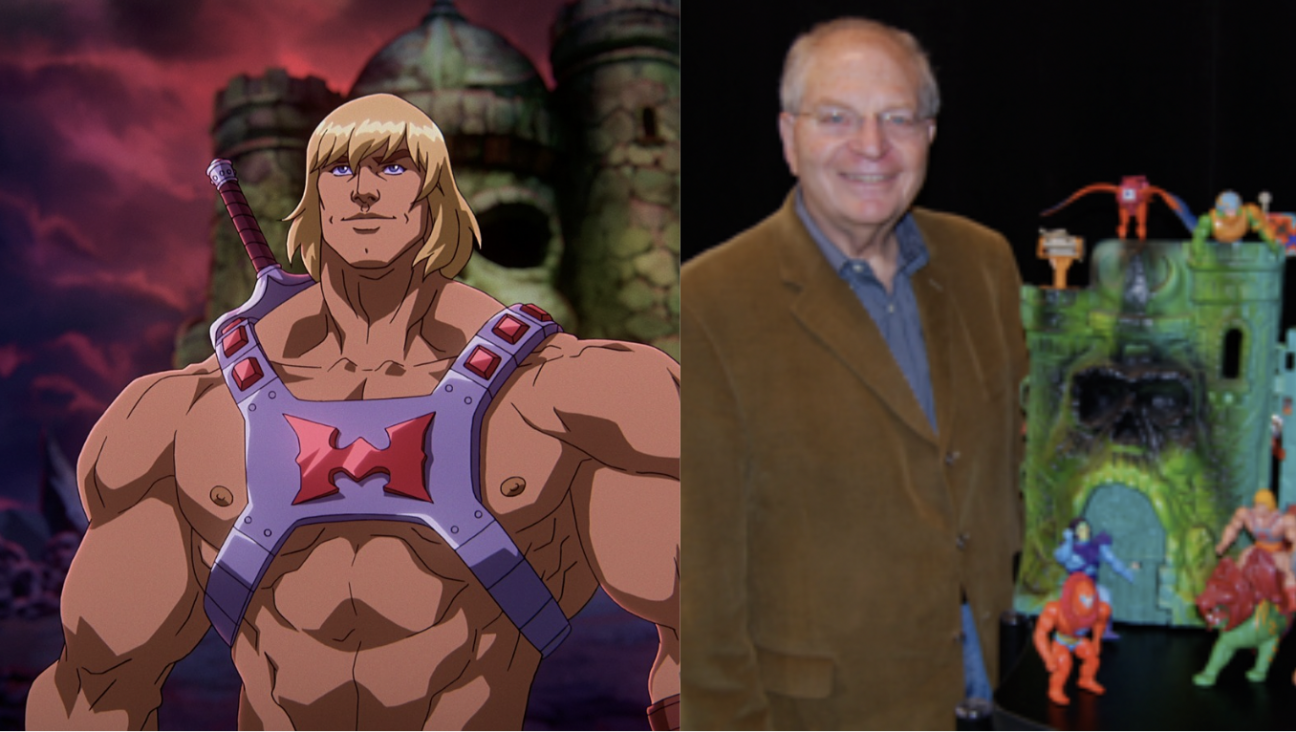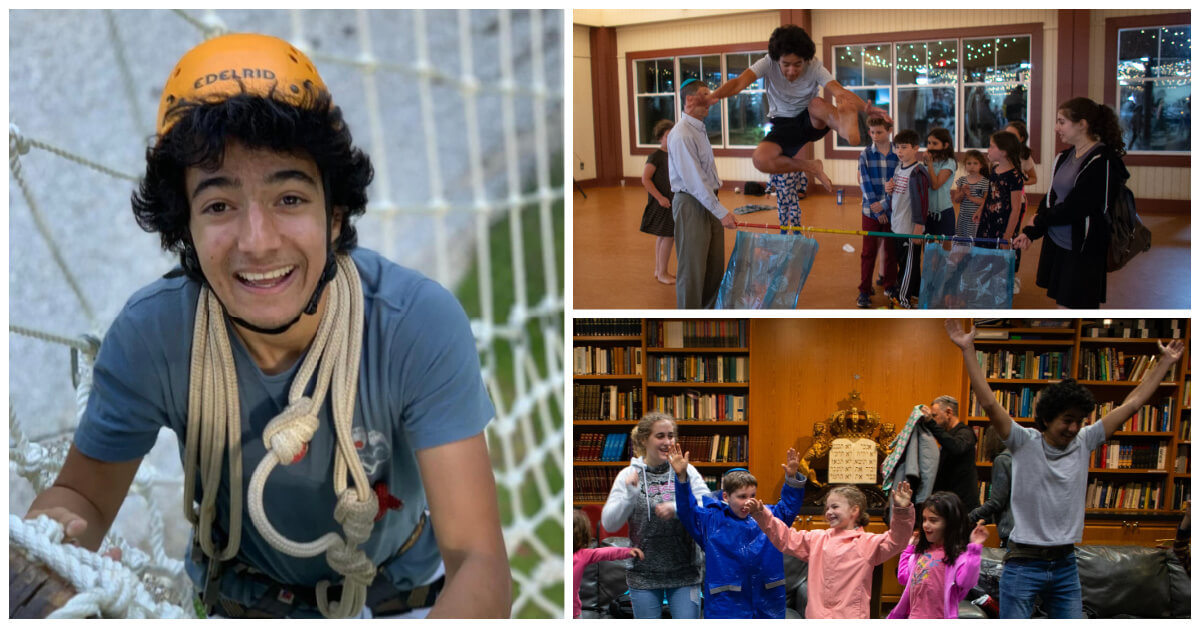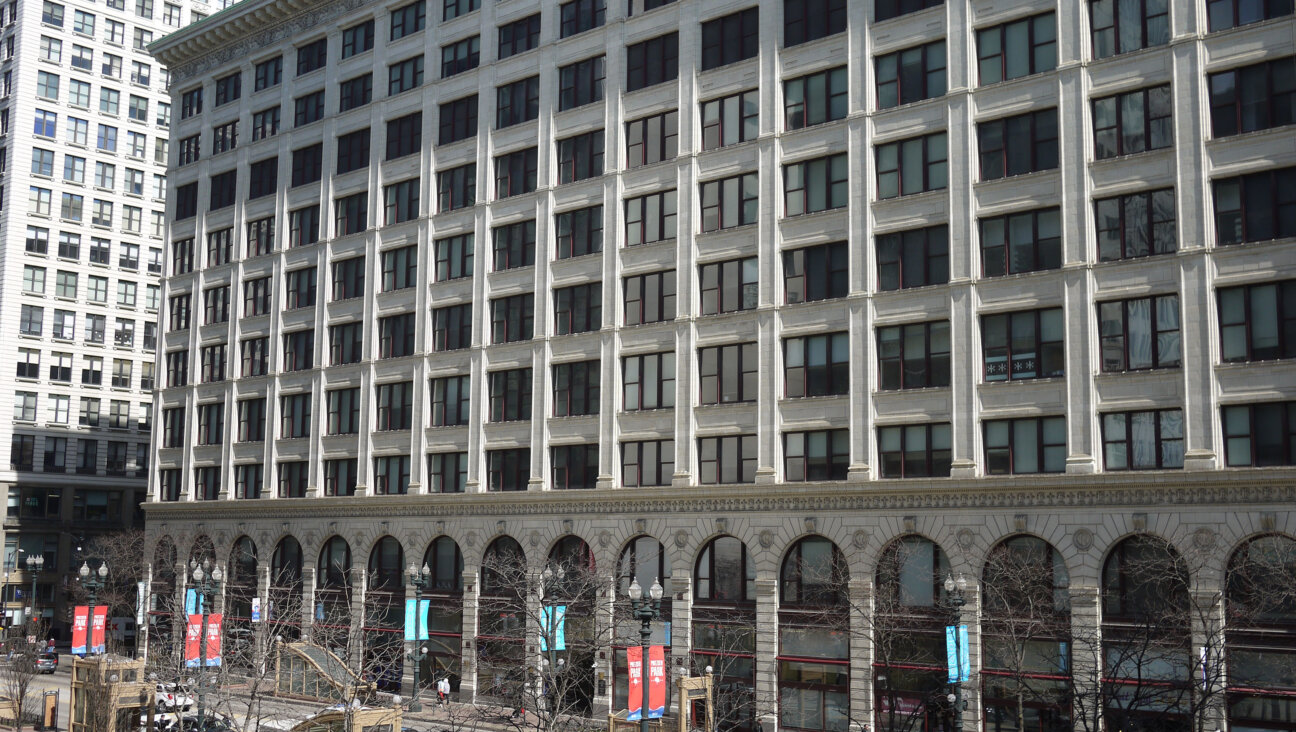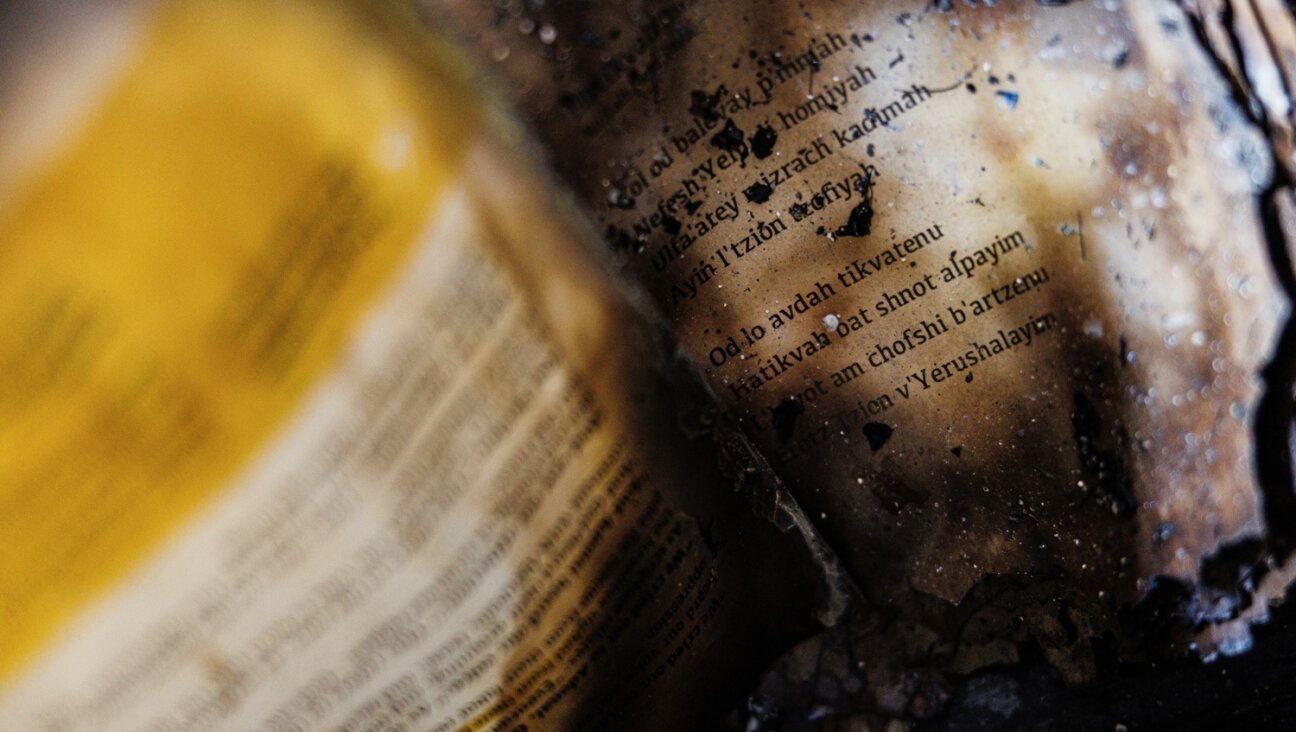A Birthday Celebration for Curacao’s Historic Synagogue
As evening fell in Willemstad in Curacao on April 16, scores of well-dressed people headed to the narrow Hanchi di Snoa, and into the courtyard of the Snoa — Curacao’s venerable synagogue built in 1732, home to Congregation Mikvé Israel-Emanuel, the oldest surviving synagogue in the Americas, and one where no Sabbath or major holiday has gone uncelebrated in 275 years. Inside, through the arched entrance portal with the inscription from Psalm 26 “B’makhelim abarekh Adonai” (“In the congregations I will bless the Lord”), all 144 candles were burning in the three large chandeliers and the sconces attached to the four big columns. The great columns recall those in the Portuguese Synagogue in Amsterdam, the “mother” congregation of Curacao’s Jews, who first settled “on the island” in 1651, making Willemstad the oldest surviving Jewish community in the Western hemisphere. These columns have added significance, for when the Snoa was built these were dedicated to the four Matriarchs — an unusual but prescient nod to the strength of the women of the Curacao community.
The small arched windows in the Snoa’s thick walls were open, and a light breeze filled the tall sanctuary, making the candles flicker. Already it was becoming stuffy as the hundreds of congregants and guests found their seats. They were assembled for a solemn — but joyous — service commemorating the 275th anniversary of the dedication of the building. The long benches were narrow and hard, and only a few had cushions. These old benches (which pre-date our era of extra-wide Jewish posteriors) are arranged in the common Sephardic fashion, as in Amsterdam, London and Venice, and throughout the Caribbean. They face the open central space between Hechal (Ark) and Tevah (bimah). Behind one range of benches, against the north wall, is a raised dais, or banca, where the leaders of the congregation sit. For this service, they were joined by the Governor of the Dutch Antilles.
The synagogue, the sixth worship house to serve the community, is a masterpiece of synagogue architecture, and its survival is an inspiration. If Israel is charged to be a light among nations, then the beauty and continued use of the Snoa are a light, too. The survival of the Snoa represents centuries of a culture of tolerance and cooperation of the sort Jews have rarely enjoyed. The three great wooden barrel vaults that constitute the ceiling, and contribute to the Snoa’s excellent acoustics, are shaped like the hulls of ships (inverted) — ships that carried Jews to this safe haven, and then were somehow beached, and raised on walls to make a sanctuary (in truth, the vaults were cut and fitted in Holland in an early instance of prefab construction, and then shipped to Curacao for on-site assembly).
The Snoa is the most visited historic site on Curacao, and is venerated not just by Jews. The synagogue attracts thousands of visitors a year, mostly day-trippers, disgorged from cruise ships, who spend a few hours wandering the narrow streets of Willemstad. Those who stay over Friday night often attend services, and some help make a minyan on Saturday. Most, however, never get to see the synagogue “in action,” and instead tour the building as a museum. Their ticket price, guidebooks and gifts help maintain the building. The celebratory service provided a rare chance to see the synagogue not only in use but also full to overflowing. It was rare treat to see the architecture function as it was designed, and to see Jewish ritual respond so well to its space. The Portuguese-Sephardic tradition did, after all, evolve in buildings similar to this in Amsterdam and London, and then here in Curacao and elsewhere in the New World.
The service was the kickoff to a week of festivities organized by the 356-year-old Portuguese Sephardic community of Curacao, now formally known as the United Netherlands Portuguese Congregation Mikvé Israel-Emanuel. (Today there are about 600 Jews on Curacao, roughly half Ashkenazic and half Sephardic. The Ashkenazic community is in the numerical ascendancy — those Jews moving to Curacao are almost all Ashkenazic, while many young Sephardic Jews leave Curacao for Europe and the United States. The long name is the result of a 1964 merger — really a reconciliation — of the Orthodox Mikvé Israel congregation from the Snoa, and Curacao’s Sephardic Reform congregation, Temple Emanuel, which had split away in 1863 during the birth years of the American Reform movement. Encouraged by New York’s Samuel L. Adler at Temple Emanuel (then housed in a Gothic-style former Baptist church on 12th Street), the Curacao congregation took the name of its New York mentor.
The merger led to the abandonment and eventual sale of the Temple Emanuel building, dedicated in 1867 and itself a Willemstad landmark. It is one of the first purpose-built Reform synagogues in the New World, dedicated a year before Temple Emanuel in New York completed its dramatic (even revolutionary) building on Fifth Avenue at 43rd Street, torn down in 1927. It may be that the large central over-the-portal tower that dominates the building’s facade was also directly inspired by Temple Emanuel on 12th Street, since that building had a central tower, too. The Curacao Temple is now used as government offices, its exterior restored but its original interior entirely changed. Were it not for the age and beauty of the Snoa, it is likely that the old Temple Emanuel would be a favored tourist destination — at least for Jews. Today, few visitors are even aware of the history of the tall churchlike building on Hendrikplein, and there is no plaque on the former synagogue telling its story.
A century after the congregational split, the family rift was healed — and it really was a family affair, as many of the congregants of the two synagogues were relatives, and some families maintained memberships in both congregations. Over the years, both groups maintained much of the same lifestyle outside the synagogue and were culturally united as a counterweight to the growing Ashkenazic community, especially after World War II. The merger was managed by the (then) young Rabbi Simeon Maslin, who, in finding middle ground for his new congregation, rebuffed the Reform movement with which he had been affiliated, and instead aligned with Reconstructionism. Today Mikvé Israel-Emanuel remains the only Reconstructionist congregation outside the United States. Maslin served as the merged congregation’s rabbi for just five years, but he and his wife, Judith, have maintained ties with Curacao ever since (Judith did her master’s thesis at the University of Chicago, on the Snoa’s ceremonial silver collection).
The Maslins returned for the 275th anniversary, and Maslin provided the Benediction at the opening service and spoke eloquently on a closing panel. The Portuguese service has always been marked by extreme decorum and not a little pomp — and last month’s celebration was no exception. The presence of a long list of dignitaries from government and other religions provided a special opportunity. But only a few participants, those chosen to process with the Torah scrolls, wore the traditional top hat that is vestigial in Curacao but still present in the Portuguese congregations in Amsterdam, London and New York. These gentlemen, when they had returned the scrolls to the Hechkal, ceremoniously bowed to one another in demonstration of synagogue etiquette that would seem unusual in most synagogues but somehow seemed appropriate beneath the Snoa’s shimmering lights. While no one else wore top hat and tails, every man was required to wear a dark suit — an extraordinary note of sobriety and self-imposed affliction on this hot island where light clothing is the norm.
The service was full of thanks and commemorative prayers. The queen was not present — as she was for the more elaborate celebration of the community’s 350th anniversary, six years ago — but the customary prayer for her health and the for House of Orange-Nassau was recited. And this is a congregation that has not forgotten its founders. Indeed, many of those still active are direct descendants of those Jews who received concessions from the House of Orange more than three centuries ago, or of the many Jews who followed their lead throughout the 18th century, when every ship coming to Curacao was likely to bring a new Jewish family.
Rabbi Avraham Soetendorp from The Hague was also present. While the connections between his synagogue (known as the Snoga), built by Dutch court architect Daniel Marot and dedicated in 1726, and the Curacao Snoa still need to be fully explored, history and change unite the two communities. But as Soetendorp remarked to the assembled celebrants, the continuity of The Hague synagogue was broken by the Holocaust when its Sephardic congregation was destroyed. The celebration of Curacao continuity, coming a day after Yom HaShoah, emphasized the divergent fates of the two congregations of Sephardic Jews. After the Holocaust, The Hague’s synagogue building was heavily damaged in a fire, but it has been fully restored and now serves in The Hague as a Liberal congregation of more than 300 families.
Today, Mikvé Israel-Emanuel is presided over by Hazzan Avery Tracht, a big-voiced cantor whose baritone voice fills the Snoa. Tracht is the latest in a line of American rabbis and cantors who have led Mikvé Israel, but he previously was cantor at the Liberal synagogue in Amsterdam, and his Dutch serves him well in his new home. But it is surprising — at least to this American — to hear the Mikvé Israel community speaking not in Dutch or Portuguese but in Papiamento, the native language of Curacao, which is the first language for most — Jews included — who are born and raised there. For this week, Tracht was joined by Cantors Faith Steinsnyder and David Perper who accompanied him in the service (Perper counted the omer with a beautiful Ashkenazic chant), and in a cantorial concert Wednesday night. The classically trained voices of the cantors resonated in the Snoa, and must have stirred even the most secular heart. Just as the striking architecture was a reminder of an earlier day, the music was refreshingly old-fashioned. No guitars.
For the concert, however, half the program was dedicated to secular music of a type probably never heard before within the Snoa walls. Yiddish music and Broadway tunes by Irving Berlin and the Gershwins delighted the audience, including a long selection by Steinsnyder and Perper from Harvey Schmidt’s “The Fantasticks.” The showstopper, however, was surely Tract’s performance of Sholom Secunda’s “Chazzonim oif Probe” (“Cantors at an Audition”), in which he skewered three types of cantorial performance. While on the one hand, it was shocking to see cantors’ prayers parodied right there in the Snoa (as opposed to in a Second Avenue theater of yore), in the end it was absolutely satisfying to see and hear them performed by the Snoa’s own cantor, especially when one remembered that he himself must have auditioned for the committee for his own Curacao job. At the session on architecture on the final day of the celebration, Jael Cahan, director of the Jewish Historical Museum in Amsterdam, would describe the theatrical character of Amsterdam’s Esnoga, and his conjecture that it did serve in many ways as a community theater. In the spirit of Secunda, who wrote comical, sentimental and serious music for synagogue and theater, the three cantors demonstrated with great spirit and voice that they, too, could effectively mix styles and genres. For the Snoa and its community, past and present merged in song.
Samuel D. Gruber is the author of “American Synagogues: A Century of Architecture and Jewish Community” (Rizzoli, 2003).
The Forward is free to read, but it isn’t free to produce

I hope you appreciated this article. Before you go, I’d like to ask you to please support the Forward.
Now more than ever, American Jews need independent news they can trust, with reporting driven by truth, not ideology. We serve you, not any ideological agenda.
At a time when other newsrooms are closing or cutting back, the Forward has removed its paywall and invested additional resources to report on the ground from Israel and around the U.S. on the impact of the war, rising antisemitism and polarized discourse.
This is a great time to support independent Jewish journalism you rely on. Make a Passover gift today!
— Rachel Fishman Feddersen, Publisher and CEO






